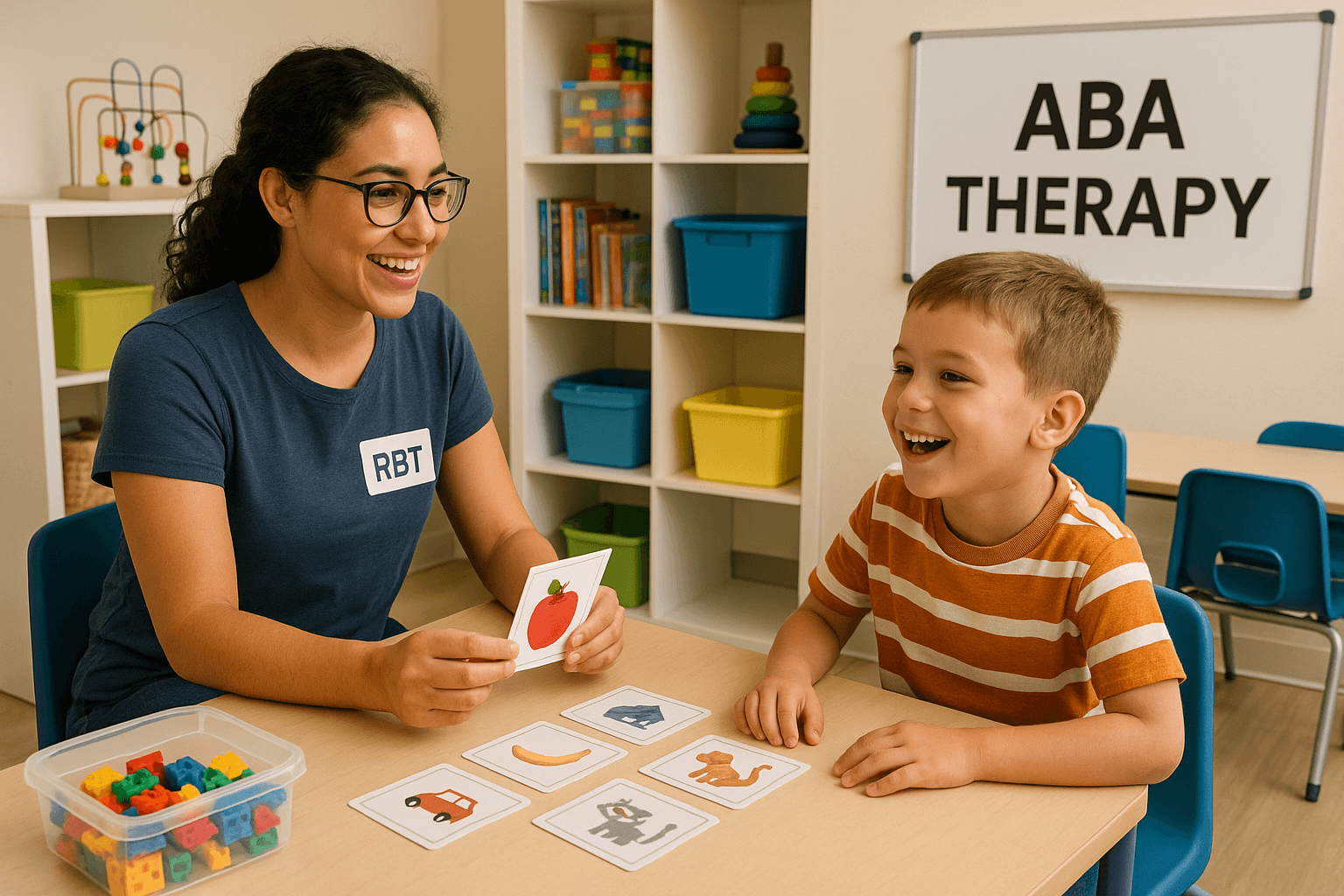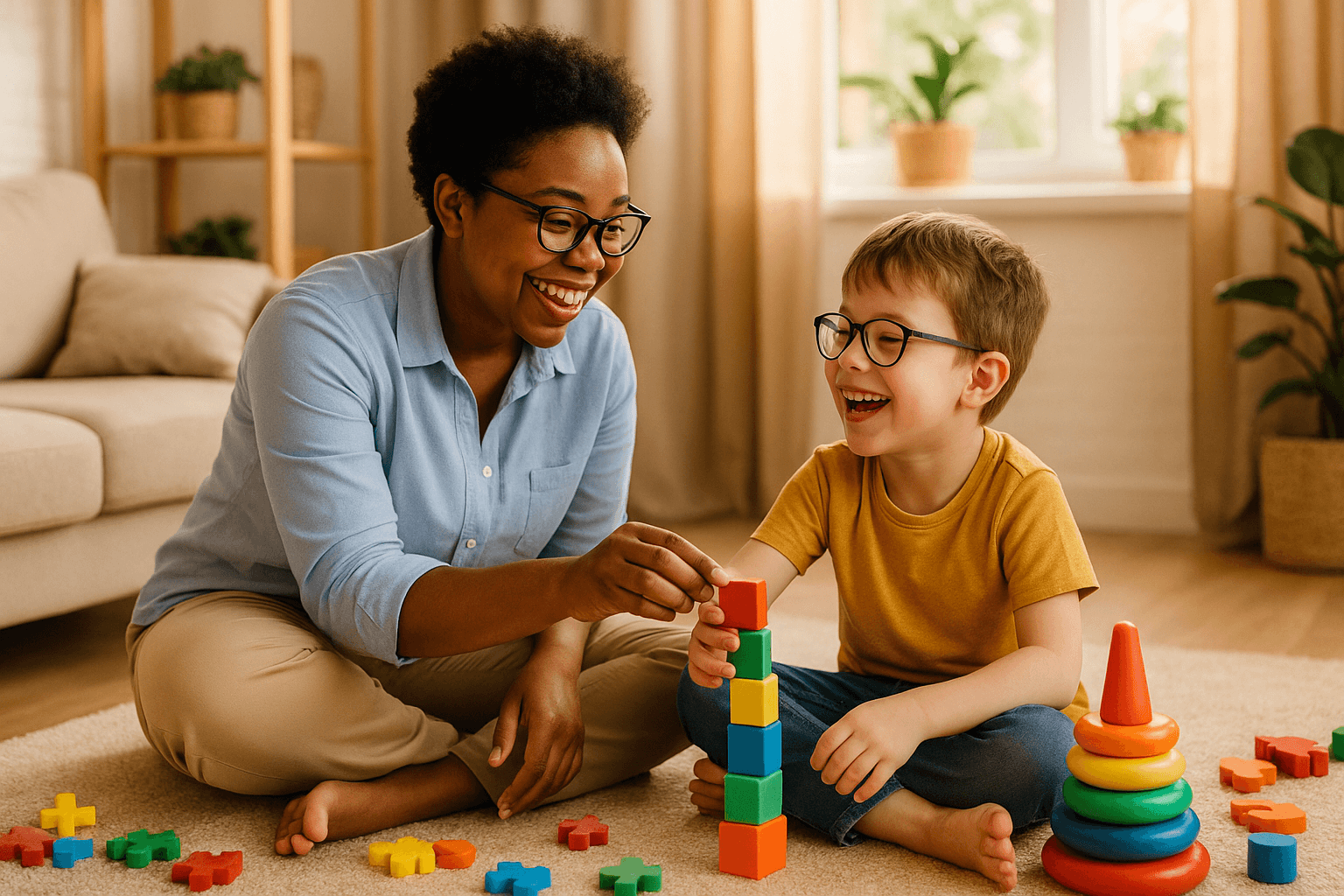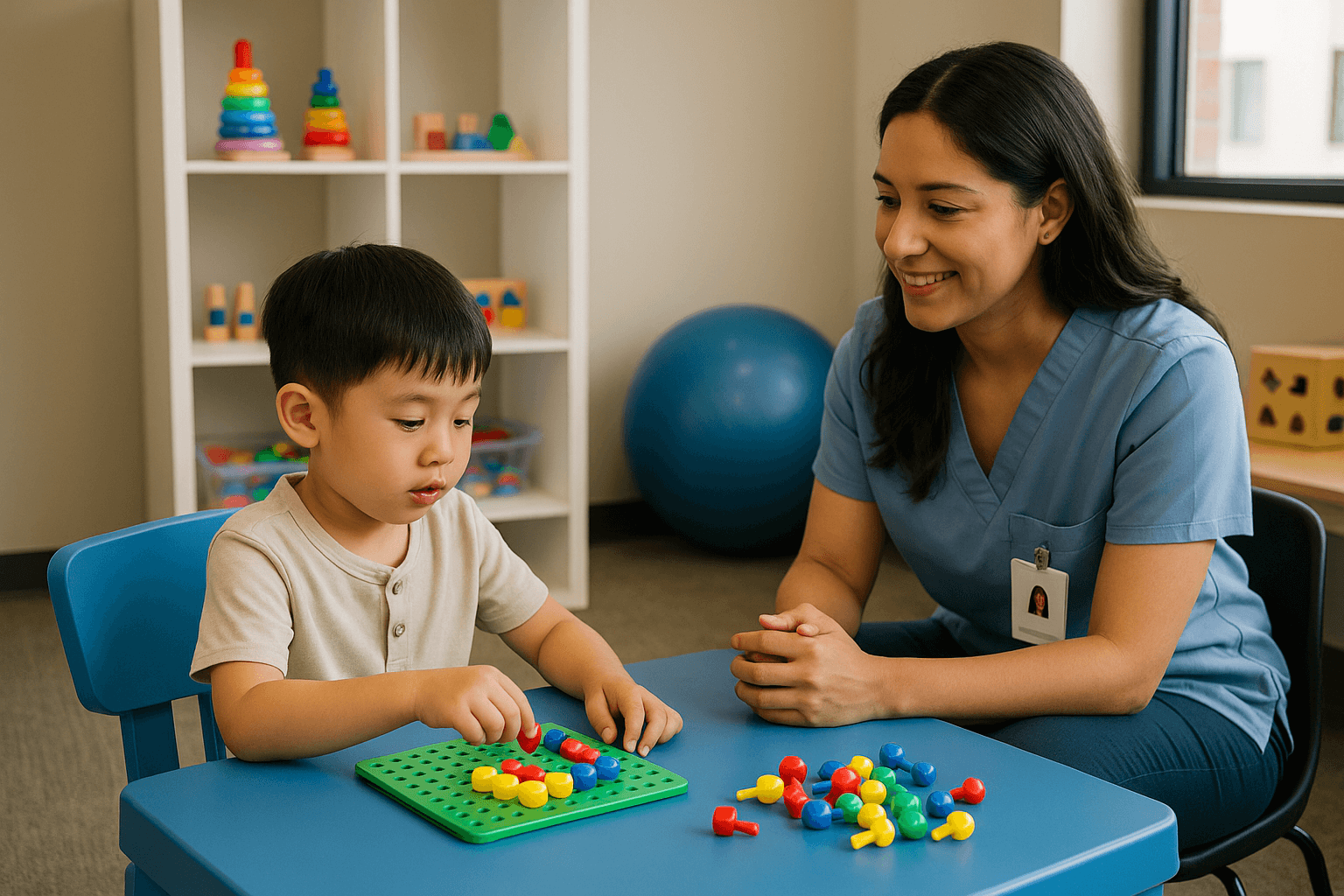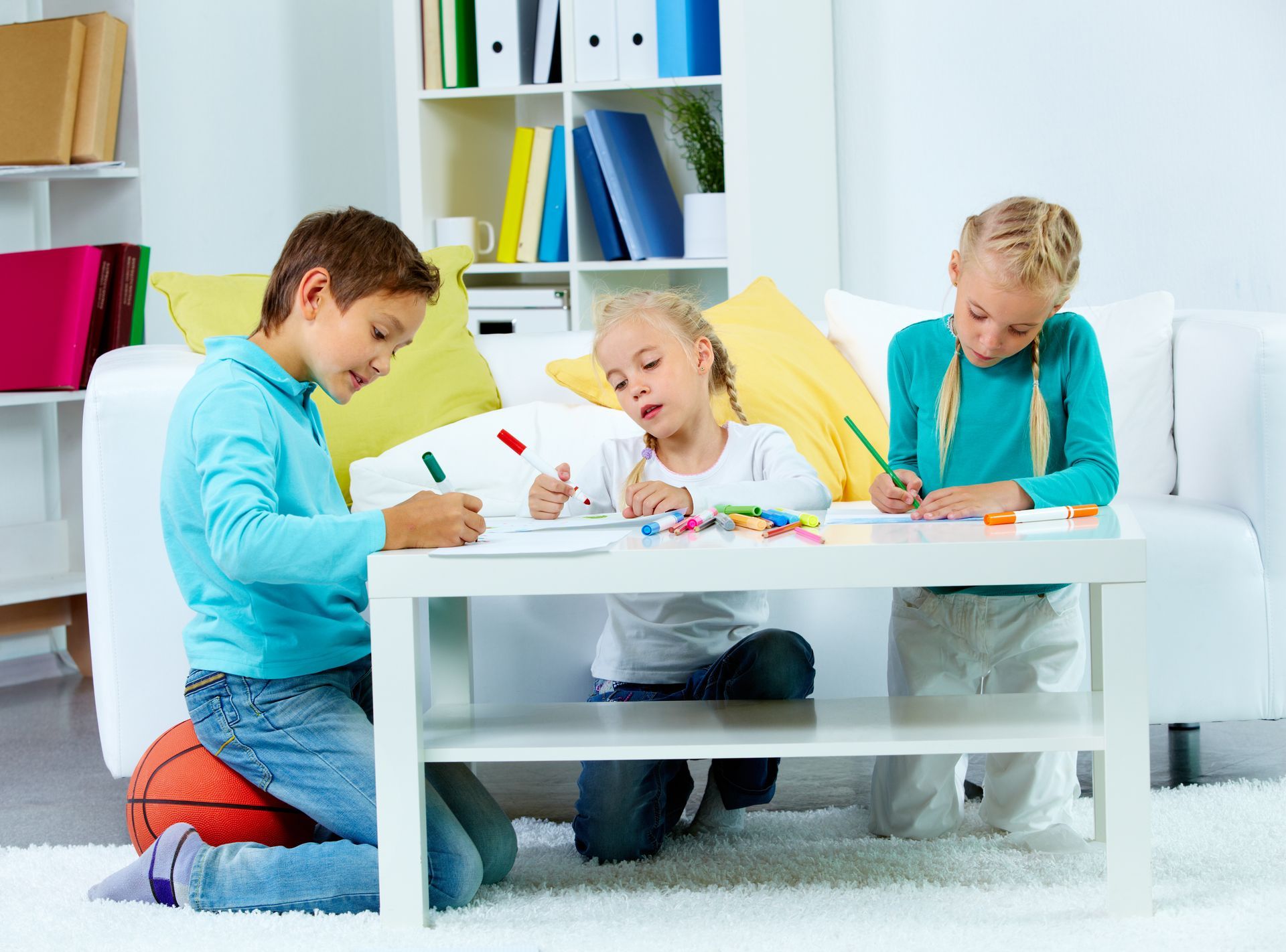A Look at ABA Therapy and the Autism Spectrum
In the United States, about 1 in 44 children have had a diagnosis for autism spectrum disorder (ASD), according to the CDC. Additionally, many other children may go undiagnosed because the condition occurs on such a broad spectrum.
Because of this, it can be difficult to find a treatment or therapy that works with a child's specific needs. While some cases of ASD are mild and don't interfere with daily life, other cases are more severe and interfere with basic functioning.
However, ABA therapy has shown to be an effective therapy in treating children with autism, regardless of the severity.
As more people learn about this therapy, more therapists are understanding its importance. Keep reading if you're a parent of a child with autism or a BCBA looking to learn more about what this therapy means for you.
About the Autism Spectrum
Autism is a developmental disability that has a wide spectrum of conditions. The spectrum consists of challenges in social settings, communication with others, and behavior.
There is no one type of autism, and it looks different for everyone. The broad spectrum means that each person with autism has a special set of strengths and weaknesses.
Scientists do not fully understand the causes of autism yet, but there are some risk factors that they have noticed. Some of these include a family history of autism, low birth weight, and genetics.
Environmental factors such as health conditions in the mother or exposure to harmful substances during birth also may play a role. But none of these factors can cause autism alone, they only can increase the risk of developing it.
Signs of Autism
The earliest signs of autism are usually present in a child by age 2 or 3. Some of the most common signs in early childhood include:
- Lack of eye contact
- Difficulty with social skills
- Little to no babbling, body language, gestures, or facial expressions
- Repetitive behaviors such as spinning or rocking
- Intense reactions to noises, smells, tastes, etc.
- Difficulty understanding social cues and emotions of others
While most children with autism receive a diagnosis at an early age, some people do not get a diagnosis until their adult years.
This is why it is so important to know all the signs. Knowing the early signs ensures that everyone gets the support that they deserve.
What Is Applied Behavior Analysis?
Although there are many different types of autism therapy, applied behavior analysis (ABA) is one of the most common and most effective types of treatment for children with ASD.
ABA is a therapy that helps change behaviors through reinforcement strategies. Therapists who use this strategy work to understand why certain behaviors are happening and how certain environments impact them.
The goal of the therapy is to decrease behaviors that impact learning and other basic daily tasks while using the child's strengths to increase positive behaviors.
How It Works
ABA is largely based on cause-and-effect relationships. Specialists first analyze what happened before the behavior happened. Then, they identify the behavior that happens and the consequences for that behavior.
Once they identify this relationship, therapists can identify a goal behavior with a child and work with them to decide how they will achieve that behavior.
Therapists can use rewards when children show those positive goal behaviors. The rewards, or positive reinforcement, help keep the child encouraged to keep up the good behavior.
Rewards can be as simple as words of praise or some extra playtime throughout the day.
As the therapy continues, therapists consistently track the child's progress. The therapy is designed at first to meet the child's needs, but these needs can change as the child grows.
It's important to continue to evaluate the therapy and understand when it's time to make effective changes to better support the child.
Finding ABA Therapy Near You
If you have a child with autism, ABA therapy is often used in school programs and is school and/or insurance-funded. According to the Individuals with Disabilities Education Act, schools are required to accommodate all children with disabilities.
So, if your child attends public school, they are guaranteed to have accommodations for their disability.
However, if you are looking for ABA therapy outside of your child's school accommodations, you may need to do some more research.
ABA Center-Based Therapy
ABA center-based therapy is another option outside of school-funded treatments. While school professionals are trained to support students with disabilities, treatment centers are often more specialized in certain disabilities.
An ABA center is likely to know more about ASD and how to treat it, giving your child a chance to work on specific skills related to their conditions.
Most people who work at these treatment centers are board-certified behavior analysts (BCBAs), so they will be able to provide more intensive care and more attention to each person.
In a center-based environment, staff members often work with a very small group of children, teens, or adults, allowing for group work and communication with others.
Additionally, staff members may be able to provide parents and supporters with extra resources and connection opportunities related to ASD.
Many of the people working in a center-based environment have been there for a very long time. This means that they have made a lot of connections and gained many resources throughout the years.
The more personal and intensive care received at center-based treatments is what sets it apart so much from school-based treatment. However, there is no right or wrong way to get treatment for your child.
Each family and child impacted by ASD has different needs and deserves to get support in any way that works best for them.
BCBA Jobs
If you are looking for a job as a BCBA in ABA therapy, you've come to the right place. We serve the Coachella Valley and work with children and young adults in the area, primarily with ASD.
We work with clients directly in their homes and surrounding communities, providing one-on-one treatment for each client.
You can learn more here about specific requirements for this open position. We hope to hear from you soon.
ABA Therapy in the Coachella Valley
ABA therapy can be a great step forward for your loved one with ASD. We have a promise to provide intensive care and make your entire family feel as supported as possible.
We serve Riverside County, San Bernadino, and Imperial County. We want to support as many people in the area as we can.
If you are interested in a position with us or are a parent looking for more intensive services for your child, we're here to help. Contact us today for more information--we look forward to hearing from you.











